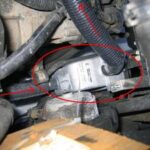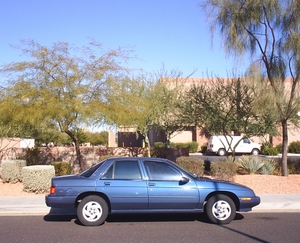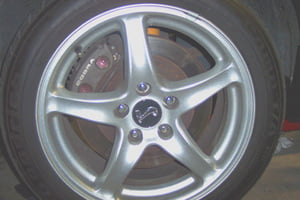You turn the key. The battery gives a little juice to the starter, which engages the flywheel, which in turn gets your engine going. But this little gadget called the starter can cause more problems than many other of those moving parts. So how do you know when it is spent, and how do you fix it?
First of all, your car doesn’t start. You get it jumped off, and it still doesn’t start. Now let’s think further under the hood. What are we looking for, exactly? We are looking for a cylinder that has one wire going to the positive end of the battery, and the other going to the other wiring systems. The next step is one you have to listen to. When you turn the key, is there a grinding noise? Maybe there is not. If there is, it may mean something is broken on the starter. If it is simply dead, there is a pretty easy test. Give it a few firm taps with a hammer. If this fixes the problem, then the starter is just dead. Go grab a new one, and replace it.
What if there is a grinding sound? This could indicate a flywheel problem, which is totally different. It could also mean that something has broken off the starter and is grinding into it. This could also indicate something wrong with the flywheel or inspection plate. In my most recent problem, there was a horrible grind and pop. Something had jammed my inspection plate into the flywheel, stopping it from turning. In turn, this had snapped the nose off the starter. After pulling the starter, check it for damage that could lead to a more specific diagnosis.
How do we remove the starter? First, disconnect the positive battery terminal. If you don’t disconnect this, you could do some serious damage to yourself. You could short-circuit the terminals that power the starter, causing the car to attempt to start, and sparks will go everywhere. Now that the terminal is disconnected, disconnect the sets of wires on the starter. Find the bolts holding the starter in and remove them, and the starter will come out easily.
Now we are ready to put in the new one. If you buy your starter and it has a label that says it may require shimming, you may need a little more explanation. Anybody else should just put it in, rewire it, and it should get up and go. The shimming is the tough part. First, you have to remove the inspection plate. Put the starter in, and see how close the starter’s teeth are to the flywheel’s teeth. Place a paper clip in the valley of the flywheel teeth and at the peak of the starter’s teeth. It should fit, but just barely. If they are too close, they will require shimming. Place the shim in between the starter and the motor where the bolts pass through. Keep shimming until it fits. However, if the starter teeth are too far away, you have to shave the same spot where you would have shimmed. This is a problem which is never addressed. For example, my 1975 Chevy 350 has to be shaved around 30/1000 to fit. Once it is set, start it up. It should sound just perfect.
Now that you know how to diagnose and fix a starter, get out there and get it done!




